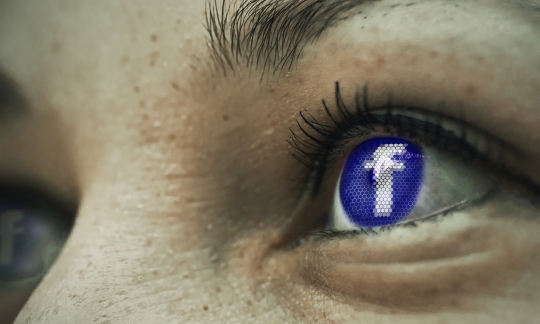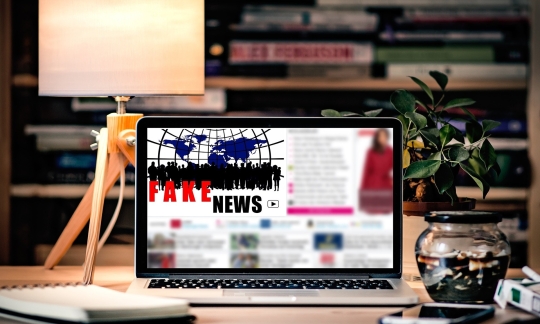Archives: Research
Fake news, Facebook ads, and misperceptions
Date Posted:
April 25, 2019
Last Modified:
April 25, 2019
Crowdsourcing can help fight misinformation
Date Posted:
March 28, 2019
Last Modified:
March 28, 2019
Less than you think
Date Posted:
May 12, 2019
Last Modified:
May 12, 2019
Trends in the diffusion of misinformation on social media
Date Posted:
April 23, 2019
Last Modified:
April 23, 2019
Disinformation, fake news and influence campaigns on Twitter
Date Posted:
April 28, 2019
Last Modified:
April 28, 2019
The Sociology of Fake News
Date Posted:
April 25, 2019
Last Modified:
April 25, 2019
The spread of true and false news online
Date Posted:
April 24, 2019
Last Modified:
April 24, 2019
The Fake News Game: Actively Inoculating Against the Risk of Misinformation
Date Posted:
April 24, 2019
Last Modified:
April 24, 2019
Measuring the reach of 'fake news and online disinformation in Europe
Date Posted:
April 28, 2019
Last Modified:
April 28, 2019
Selective exposure to misinformation
Date Posted:
May 12, 2019
Last Modified:
May 12, 2019
Latest News
- Ad transparency tools will help users have a check over political ads in India
- Social media prone to more misuse and spread of misinformation at times of elections
- Facebook, Twitter and WhatsApp remove 500 posts in the last 48 hours
- Facebook adds a new feature to tackle "low-quality" content
- Fake news rampant with 1 in 2 Indians receiving it via WhatsApp, Facebook
- Facebook rep lands up at FB user's doorsteps
- FB takes AI help to shut down accounts spreading misinformation
- Facebook bans white extremist content in the US
- Users won't be added to WhatsApp groups without their consent
- WhatsApp launched Tip line ahead of general elections
Latest Controversies
- Facebook, Google pressured EU expert group to soften fake news regulations
- Facebook patent plans to scan users' photos for ads
- Facebook bans white nationalist and separatist content
- Almost 9% of Facebook accounts are fake, says company
- Facebook stored millions of passwords unprotected
- Facebook caught lobbying against data privacy laws
- Apps share sensitive user data with FB
- News algorithm draws ire from advertisers
- Facebook users cannot avoid location-based ads
- Facebook exempts tech giants from privacy wall
Featured Investigation
Featured Article



